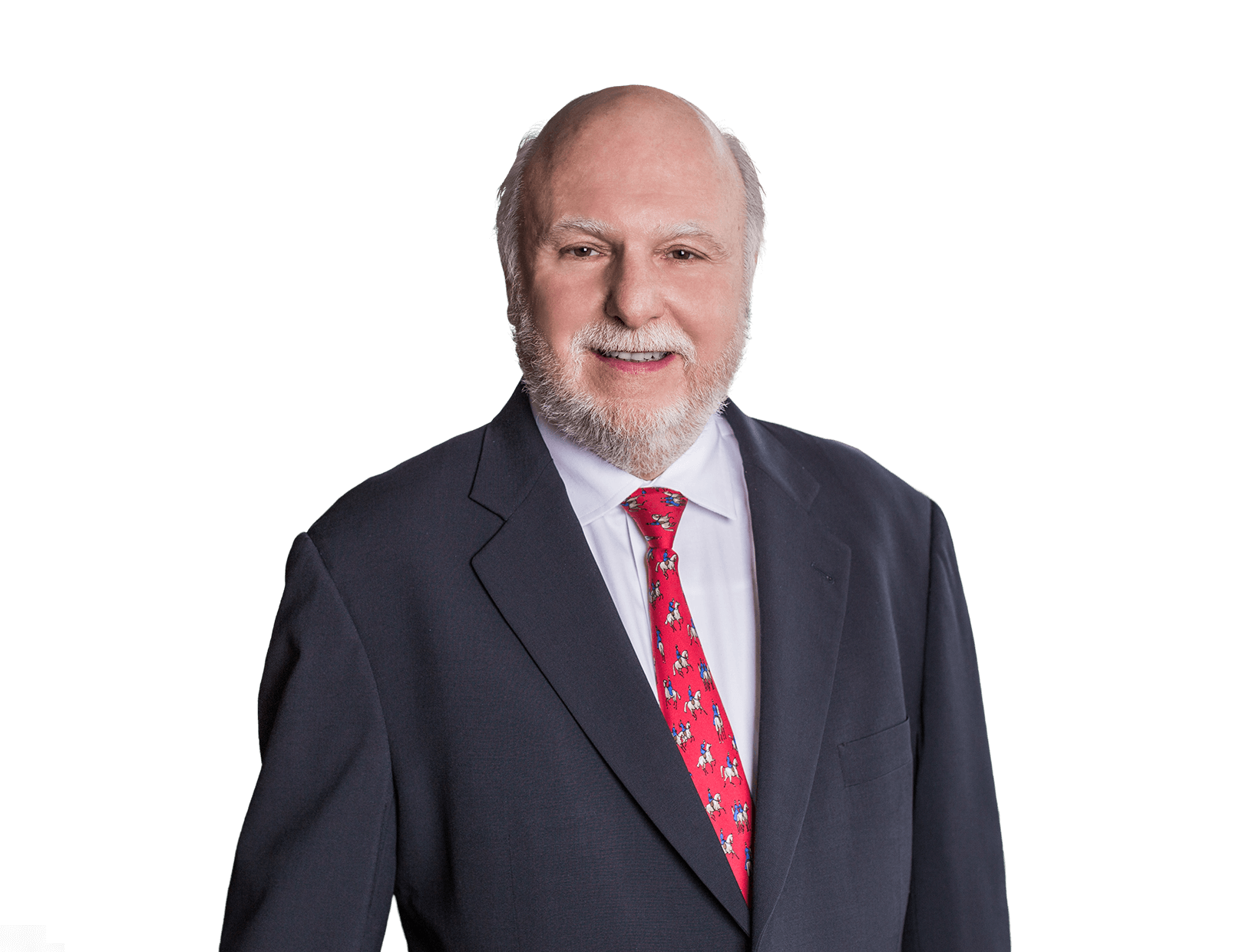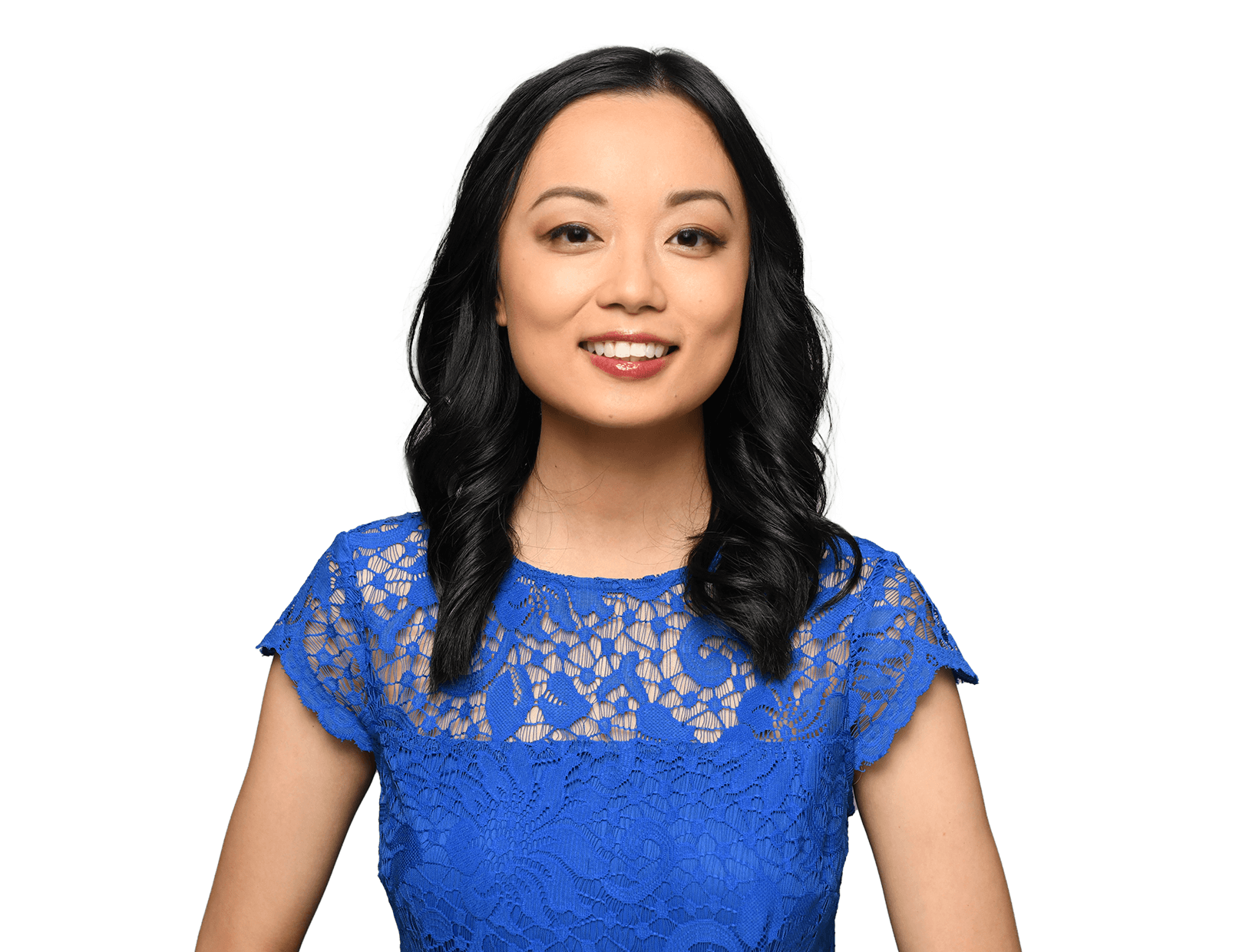IP Law Essentials
Overview of Approaches to Compulsory Licensing
Authors
-
- Name
- Person title
- Of Counsel

-
- Name
- Person title
- Associate

-
- Name
- Person title
- Principal

What is Compulsory Licensing?
Typically, a patent owner has the right to exclude others from practicing its patent, such as making, using, selling, or importing patented inventions. That, however, does not mean the patent owner is the only one who can practice the patent. The patent owner can grant a license to the patent, which would allow the licensee to make, use, sell, or import the patented invention. By granting a license, the patent owner waives its right to sue the licensee for an injunction, usually in exchange for financial compensation (e.g., a royalty).
What if the patent owner refuses to grant a license? Sometimes, a reluctant patent owner is forced to grant a "compulsory license" this means that someone else can make, use, sell, or import the patented invention, and the patent owner cannot obtain an injunction preventing this conduct. The patent owner is usually financially compensated for this forced or compulsory license.
Compulsory Licensing and Section 1498
Title 28, U.S.C. section 1498 acts like a compulsory licensing statute because it allows patent owners to sue the federal government for compensation, but not an injunction, when the government (or someone authorized by the government) practices their patents without permission. As relevant here, the government might authorize a company to manufacture patented drugs if the patent owner is unable to meet the full market demand or if the government deems the drug prices as too high. But the government could not nullify or forcibly transfer patent title under section 1498. The statute states, in relevant part:
Whenever an invention described in and covered by a patent of the United States is used or manufactured by or for the United States without license of the owner thereof or lawful right to use or manufacture the same, the owner's remedy shall be by action against the United States in the United States Court of Federal Claims for the recovery of his reasonable and entire compensation for such use and manufacture.
Section 1498 contains no voltaic language like "patent seizure," "eminent domain," or "emergency power." In fact, section 1498 was designed to give more rights to patent owners than they originally had, i.e., the right to sue the government for their use of patented inventions. Before section 1498 was enacted, the federal government could make, use, sell, or import patented inventions without compensating the patent owner; the government was protected by sovereign immunity. Thus, the patent owner had no recourse against the government not an injunction, not even financial compensation. After section 1498 was enacted, the government can still practice patented inventions, but now it owes the patent owner "reasonable and entire compensation."
Compulsory Licensing and the Bayh-Dole Act of 1980
Besides section 1498, the federal government has a narrower set of compulsory licensing power under the Bayh-Dole Act of 1980 called "march-in rights" that apply only for federally-funded inventions.[1] This act allows the government to "march in" and compel a patent owner to grant a license to someone else, e.g., a generic manufacturer or a competitor.
"March-in rights," authorized by the Bayh-Dole Act, comes with several restrictions not found in section 1498. First, the government may only use "march-in rights" if the patented invention was developed using federal funding. Second, the government may only use "march-in rights" under certain circumstances, such as when "action is necessary to alleviate health or safety needs which are not reasonably satisfied" by the patent owner.[2] Third, the compulsory license must contain "terms that are reasonable under the circumstances."[3]
Compulsory Licensing and Courts
In typical patent infringement actions, courts have discretion whether to grant an injunction.[4] In a patent infringement suit, the court essentially grants a compulsory license when it finds that a patent has been infringed, but does not grant a permanent injunction.[5] Even denying a preliminary injunction could mean that the accused infringer becomes a "compulsory licensee[] for as long as the litigation lasts."[6]
Courts have been reluctant to grant compulsory licenses in the pharmaceutical field. According to a study of all district court cases between May 2006 and December 2013 in which the prevailing patent owner sought a permanent injunction, injunctions were granted 72.5% of the time.[7] The rate, however, differed significantly by industry 100% of the biotechnology cases and 92% of pharmaceutical cases in the study resulted in permanent injunctions, compared to 65% of medical devices cases and 53% of software cases.[8]
Although courts typically grant injunctions to protect the strong public interest in protecting patent rights and incentivizing innovation, courts sometimes recognize a stronger public interest in keeping infringing medical products on the market particularly if the products are already being used by doctors and patients or if the products satisfy patients' needs.
As one example, the Federal Circuit refused to preliminarily enjoin a patent holder's competitor from making and selling cancer and hepatitis test kits even though there was a reasonable likelihood of infringement.[9] The court found that the public interest was "served best by the availability of these kits" because patients were already using the accused test kits, and the patent holder did not sell competing hepatitis test kits (though it did sell cancer test kits).[10]
Similarly, Judge Dyk, sitting by designation in the Delaware district court refused to preliminarily enjoin a competitor from making and selling a drug that was "a potential sea change" in treating hemophilia.[11] Existing therapies were administered by infusions that took 10 to 15 minutes up to 4 times a week; the accused drug could be administered subcutaneously once a week.[12] The court found that this "unique medical benefit" strongly weighed against an injunction.[13] The same court also refused to grant a preliminary injunction where the patent holder could not supply enough drug-eluting coronary stents to meet the market demand, and an injunction against its competitor would "deprive the public of the best and safest medical devices by limiting competition."[14]
Regarding permanent injunctions, the Arizona district court refused to enjoin a competitor who sold infringing grafts and cardiovascular patches.[15] Other companies sold similar products, but some surgeons preferred using the infringing products.[16] As such, the court found that "[p]lacing infringing products out of reach of the surgeons who rely on them would only work to deny many sick patients a full range of clinically effective and potentially life saving treatments," and "sound public policy" did not favor removing the infringing products from the market.[17] Instead, the court held that "a compulsory license [with an ongoing royalty] is the appropriate manner in which Plaintiffs may be compensated" for future infringement.[18]
To the contrary, a court may grant an injunction even if the public interest weighs against it. In 2017, the Delaware district court granted a permanent injunction against competitor companies making cholesterol drugs even though the public interest of giving the public "a choice of available treatments" weighed against the injunction.[19]
Conclusion
A patent owner may be compelled to license its patent in various situations: (1) the U.S. federal government practices the patent; (2) in the case of federally-funded inventions, the U.S. federal government "marches in" and licenses the patent to a third party; or (3) a private party practices the patent, and a court in a typical infringement case finds that an injunction would not serve the public interest. Courts have granted compulsory licenses in the past, and will continue evaluating compulsory licenses on a case-by-case basis.
More questions? Contact the authors or visitFish's Intellectual Property Law Essentials.
[1] The Bayh-Dole Act is codified in 35 U.S.C. 200 et seq. Other statutes may provide for compulsory licensing outside of the pharmaceutical context. The Atomic Energy Act states that the Atomic Energy Commission may declare a patent as being of "public interest" which allows the Commission to license the patent for the limited purpose of "any of its powers" under the Act. 42 U.S.C. 2183(b)(1). The Clean Air Act provides that if the Attorney General determines that (i) compliance with the standards set forth in the Act requires the use of a patented right and no reasonable alternative methods are available, and (ii) the unavailability of such right may result in substantial lessening of competition or tendency to create a monopoly in any line of commerce in any section of the country, then the Attorney General may make such a certification to a District Court. The court may then issue an order requiring the patentee to license the patented right on terms and conditions determined to be reasonable by the court. 42 U.S.C. 7401 et seq. The Plant Variety Protection Act allows the U.S. Department of Agriculture to issue a compulsory licensing of a protected plant variety as necessary to ensure an adequate supply of fiber, food or feed, if the owner is unwilling or unable to meet the public demand at a fair price. 7 U.S.C. 2321 et seq.
[2] 35 U.S.C. 203.
[3] Id.
[4] 35 U.S.C. 283 ("[Courts] may grant injunctions in accordance with the principles of equity to prevent the violation of any right secured by patent, on such terms as the court deems reasonable.") (emphasis added). In Hatch-Waxman actions, however, an infringing generic will not receive FDA approval until all relevant patents expire. 21 USC 355.
[5] City of Milwaukee v. Activated Sludge, 69 F.2d 577, 593 (7th Cir. 1934) (refusing to enter permanent injunction enjoining future infringement where injunction would leave the entire "community without any means for disposal of raw sewage other than running it into Lake Michigan, thereby polluting its waters and endangering the health and lives of that and other adjoining communities").
[6] Hybritech Inc. v. Abbott Laboratories, 849 F.2d 1446, 1457 (Fed. Cir. 1988).
[7] Christopher B. Seaman, Permanent Injunctions in Patent Litigation After eBay: An Empirical Study, 101 Iowa L. Rev. 1949, 1982-83 (2016).
[8] Id. at 1984-85.
[9] Hybritech, 849 F.2d at 1457-58.
[10] Id.
[11] Baxalta Inc. v. Genentech, Inc., No. CV 17-509-TBD, 2018 WL 3742610, *13 (D. Del. Aug. 7, 2018) (J. Dyk).
[12] Id.
[13] Id. at *12.
[14] Cordis Corp. v. Bos. Sci. Corp., No. CIV.A. 03-027-SLR, 2003 WL 22843072, *2 (D. Del. Nov. 21, 2003).
[15] Bard Peripheral Vascular, Inc. v. W.L. Gore & Assocs., Inc., No. CV-03-0597-PHX-MHM, 2009 WL 920300, at *9 (D. Ariz. Mar. 31, 2009).
[16] Id. at *8.
[17] Id. at *9.
[18] Id.
[19] Amgen Inc. v. Sanofi, No. CV 14-1317-SLR, 2017 WL 61725, *3 (D. Del. Jan. 5, 2017). The injunction was stayed, and the patents-at-issue later invalidated on remand from the Federal Circuit.
The opinions expressed are those of the authors on the date noted above and do not necessarily reflect the views of Fish & Richardson P.C., any other of its lawyers, its clients, or any of its or their respective affiliates. This post is for general information purposes only and is not intended to be and should not be taken as legal advice. No attorney-client relationship is formed.